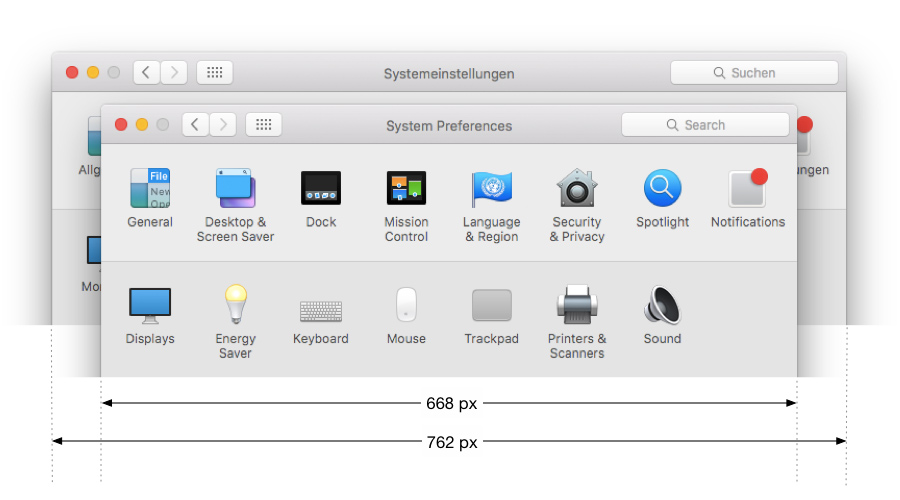
Disk Utility checks and repairs the disk. Click the disclosure triangle to the left of the hard drive icon to display the names of your hard disk volumes and partitions.Ħ. If you do, you must restart from the disc again to access Disk Utility.Ĥ. Important: Do not click Continue in the first screen of the Installer. (In Mac OS X 10.4 or later, you must select your language first.) When your computer finishes starting up from the disc, choose Disk Utility from the Installer menu. Insert the Mac OS X Install disc that came with your computer, then restart the computer while holding the C key.Ģ.
#Mac system preferences window how to
If your System Preferences doesn't include Software Update, learn how to upgrade to macOS Monterey or upgrade to an older macOS, and use the Updates tab of the App Store app to get app updates.

Under About This Mac Storage Manage turn on the option to empty the trash automatically after. This will enlarge the size of the scroll bar. Under System Preferences General change Show show scroll bars to Always. In the System Preferences window, click Software Update. Under System Preferences Keyboard Text uncheck Add period with double-space. If that doesn't work, boot from your install disc and runġ. From the Apple menu in the corner of your screen, choose System Preferences. To leave Safe Mode in any version of Mac OS X, restart the computer normally, without holding any keys during startup. Release the Shift key when you see the gray Apple and progress indicator (looks like a spinning gear).ĭuring the startup in Mac OS X 10.2 through 10.3.9, you will see "Safe Boot" on the Mac OS X startup screen.ĭuring the startup in Mac OS X 10.4 or later, you will see "Safe Boot" on the login window, which appears even if you normally log in automatically. Tip: The Shift key should be held as soon as possible after the startup tone but not before.Ĥ.

Immediately after you hear the startup tone, press and hold the Shift key.

Try booting in Safe Mode (to "Safe Boot")ģ.


 0 kommentar(er)
0 kommentar(er)
